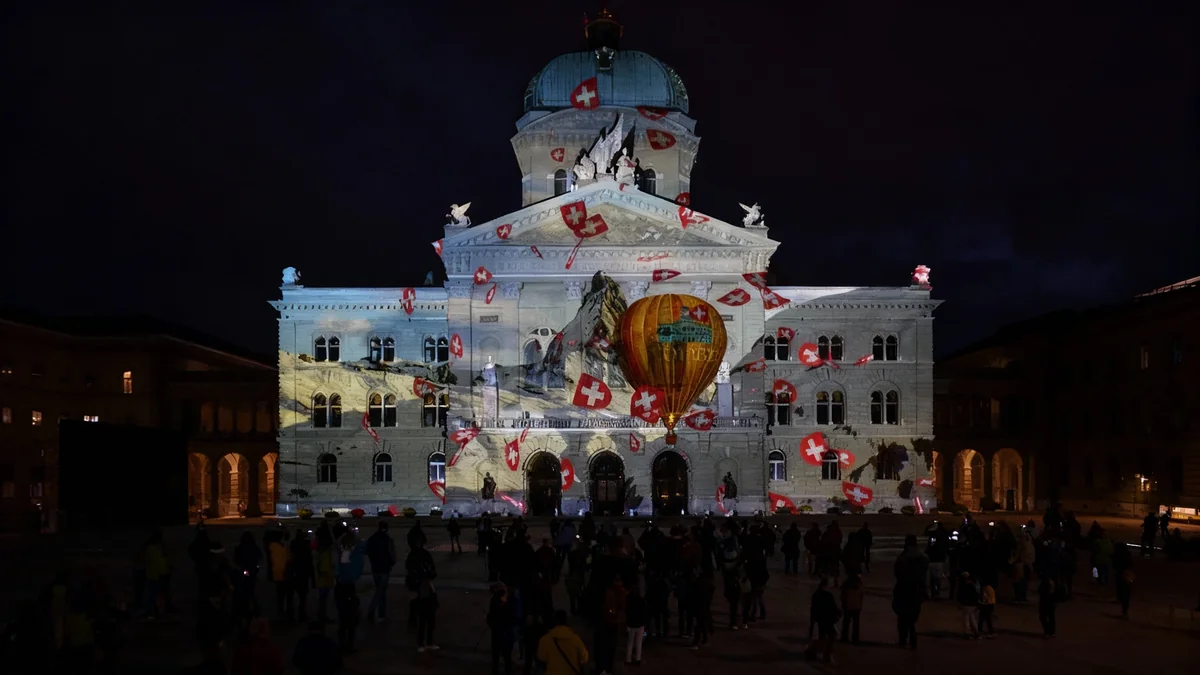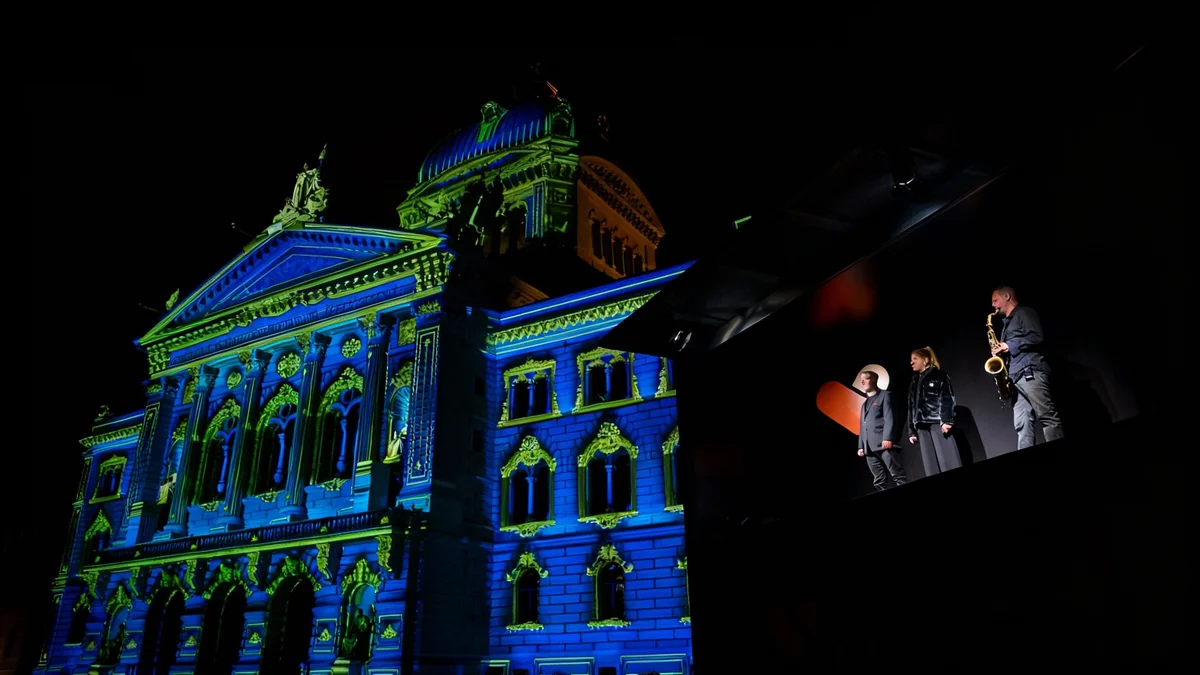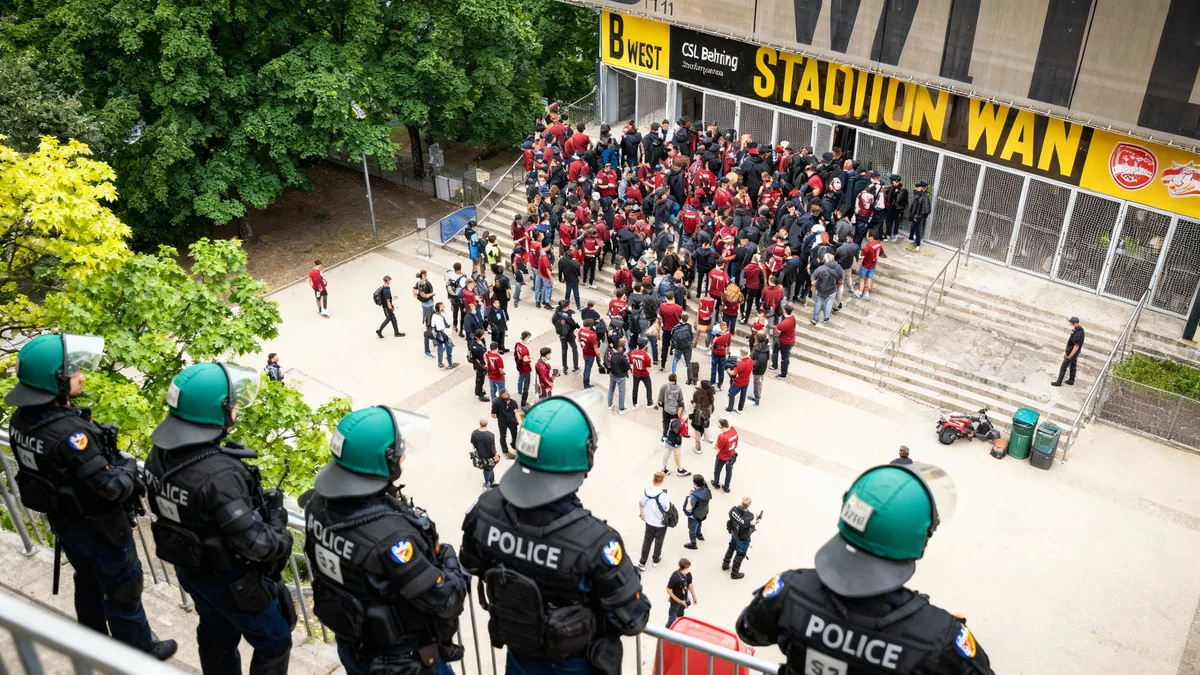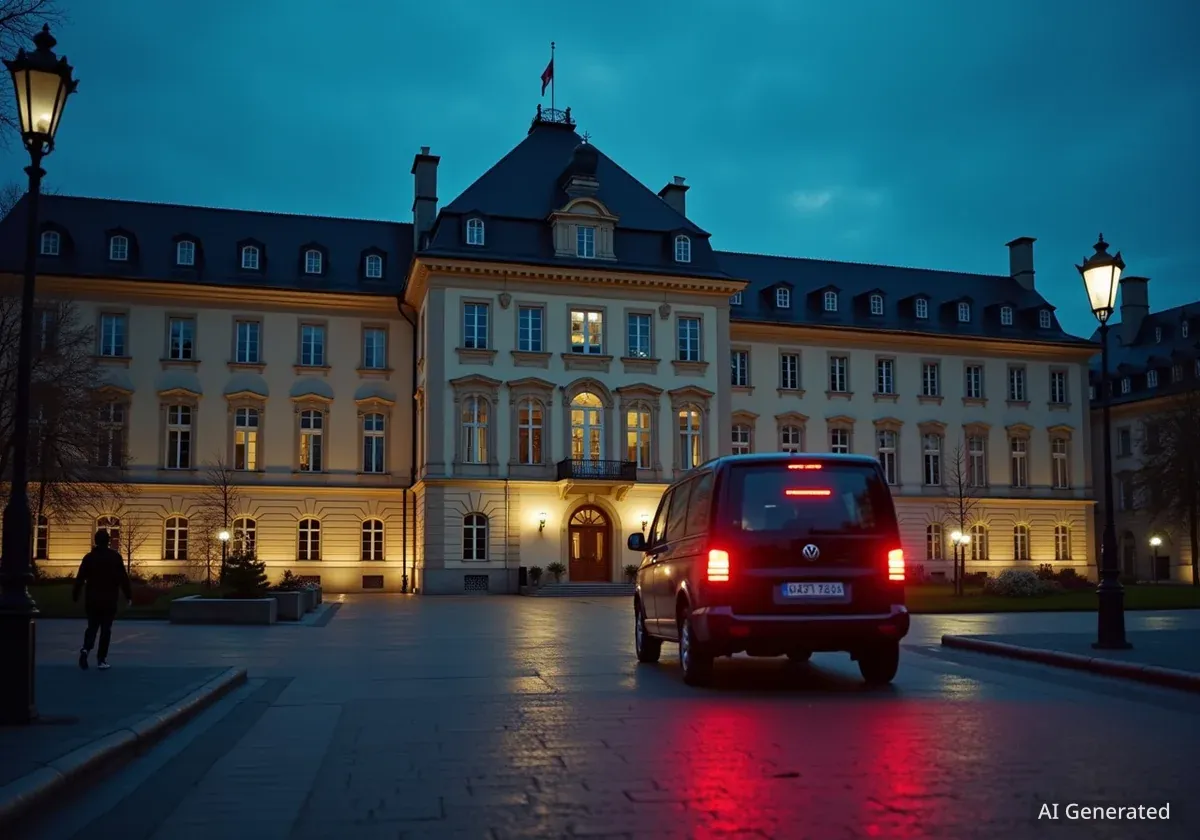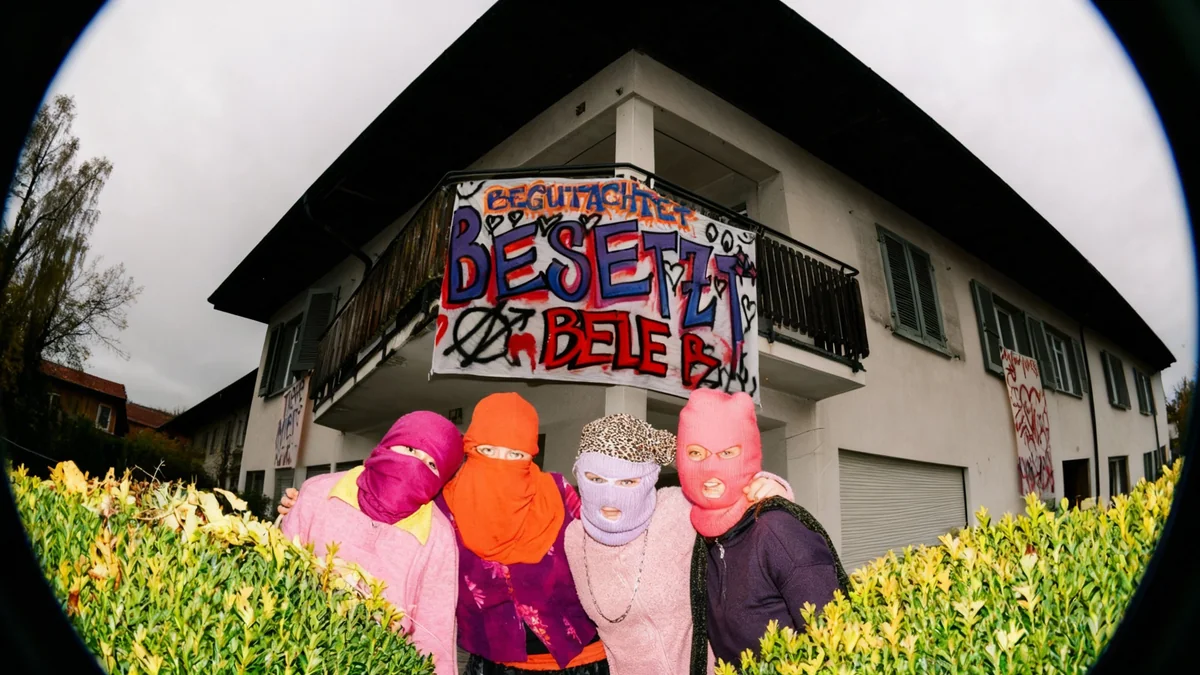A planned visual journey to Tibet has been removed from the popular 'Rendez-vous Bundesplatz' light show in Bern. The decision follows intervention from the administrative delegation overseeing parliamentary administration, which deemed the subject 'too political' for projection onto the symbolic facade of the Federal Palace.
Instead of the Tibetan landscape, the 30-minute visual world tour now features a Thai Buddha. This change highlights the ongoing sensitivity surrounding Tibet in Swiss diplomatic and cultural contexts.
Key Takeaways
- Tibet was excluded from the 'Rendez-vous Bundesplatz' light show due to political concerns.
- The administrative delegation of the parliamentary administration intervened, citing the Federal Palace's symbolic nature.
- Organizers replaced the Tibet segment with a Thai Buddha projection.
- The decision has drawn criticism, with some calling it an 'appeasement to China'.
- The show runs daily at 7 PM, 8 PM, and 9 PM until November 22nd.
Political Sensitivity Behind the Change
Brigitte Roux, the organizer of 'Rendez-vous Bundesplatz,' confirmed that parliamentary services rejected the original storyboard. The reason given was that the Tibet segment was considered "too political." This stance was later confirmed by a spokesperson for the parliamentary services, who stated that projections on the Federal Palace must be "without political intentions."
The administrative delegation, responsible for the parliamentary administration, explicitly prohibited the virtual stop in Tibet. They argued that "with Tibet, political questions are associated, especially since it is a projection on the symbolic facade of the Parliament building." Roux reportedly accepted this reservation without objection.
Quick Fact
The 'Rendez-vous Bundesplatz' light show attracts tens of thousands of visitors to Bern each autumn, transforming the Federal Palace into a canvas for visual storytelling.
Criticism and Concerns Over Art Freedom
The decision to exclude Tibet has not been without controversy. National Councillor Fabian Molina, co-president of the parliamentary group Tibet, criticized the move as an "appeasement of Parliament towards China" and a limitation on artistic freedom. He voiced these concerns to various media outlets.
Ralph Weber, a China expert, described the decision as "anticipatory obedience" towards Beijing. He noted that China actively seeks to control the narrative surrounding Tibet. Weber suggested that the Swiss government understands the potential for diplomatic complications when dealing with China-related issues.
"With Tibet, political questions are associated, especially since it is a projection on the symbolic facade of the Parliament building."
Historical Context of Swiss-Tibet Relations
The current situation reflects a long history of diplomatic tension. China ended Tibet's autonomy in 1950, leading to the Dalai Lama's flight to India in 1959. Switzerland, at that time, accepted Tibetan refugees, which caused diplomatic strain with China.
Today, Switzerland officially recognizes Tibet as part of China. However, it continues to support cultural projects within the region. This dual approach often navigates a delicate balance between international recognition and humanitarian concerns.
Past Diplomatic Incidents
In 1999, a diplomatic incident occurred during a state visit by Chinese President Jiang Zemin. Tibet demonstrations near the Bundesplatz led him to cancel a military reception. He conveyed to the Federal Council that Switzerland had "lost a friend." Former Federal Councillor Adolf Ogi later appeased Jiang Zemin with a gift of a mountain crystal.
The Show Continues Without Tibet or China
The 'Rendez-vous Bundesplatz' light show will continue its run until November 22nd, with daily performances at 7 PM, 8 PM, and 9 PM. While Tibet is absent from the global tour, China is also not featured in any of the projections.
The show takes audiences on a visual journey encompassing landmarks like the Eiffel Tower, the Pyramids of Giza, and the Taj Mahal. Despite the controversy, organizers aim to deliver an engaging and politically neutral spectacle.
The Role of the Administrative Delegation
It is important to clarify the chain of command in this decision. Initially, reports suggested the parliamentary services intervened. However, the decision originated from the administrative delegation, which oversees the parliamentary administration. The parliamentary services then communicated this decision.
This organizational structure underlines the formal process behind such sensitive decisions. The delegation ensures that all activities associated with the Federal Palace align with national political guidelines, avoiding any perception of bias or endorsement of contentious political subjects.
- The show features a vibrant array of international landmarks.
- Live music accompanies the visual spectacle this year.
- The event remains a significant annual attraction in Bern.
The incident highlights the complex interplay between artistic expression, political sensitivities, and international relations within a neutral country like Switzerland. The ongoing debate underscores the challenges of presenting global themes in a symbolically charged public space.
